Factors affecting the service life of 304 stainless pipes
Since its introduction into the domestic market in the 1980s and 1990s, 304 stainless steel pipes have been loved by the majority of users due to their excellent corrosion resistance, oxidation resistance, easy processability and ease of maintenance, and their application scope is also constantly expanding expand.
304 stainless steel pipe has a long service life. According to the use of foreign stainless steel pipes, if the purchased 304 stainless steel pipes are of good quality and are properly maintained and cleaned during use, their service life can reach 100 or even 70 years, which is equivalent to the service life of the building.
The main advantage of 304 stainless steel pipe is corrosion resistance. If the purchased stainless steel pipe is of reliable quality and is properly maintained and cleaned during use, the service life of the 304 stainless steel pipe can be effectively extended.
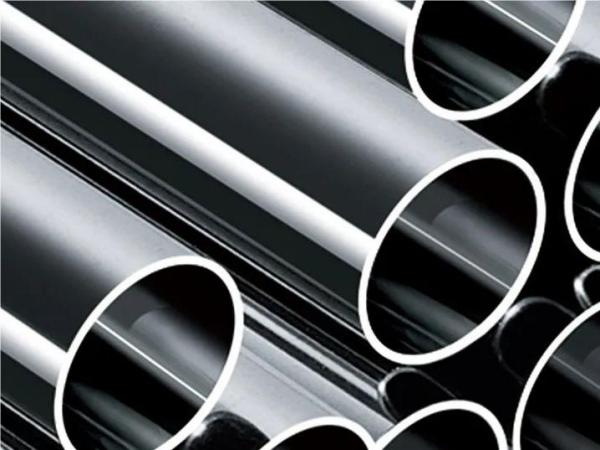
The principle of stainless steel rust prevention
The principle of traditional anti-rust oil is to form a very closed protective film on the surface of stainless steel. The purpose of this protective film is to prevent air from contacting the surface of stainless steel, thereby preventing the metal surface from being oxidized by the air. The principle of chemical anti-rust of stainless steel means that the stainless steel is Under the action of stainless steel passivation liquid, the chromium-poor layer of stainless steel is converted into a chromium-rich layer, thereby forming a layer of chromium trioxide on the surface, thereby achieving super anti-rust.
Why does 304 stainless steel pipe rust?
304 stainless steel pipe is not never rusty. The chromium-rich oxide film (protective film) on its surface has the ability to resist atmospheric oxidation, and it also has the ability to resist corrosion in media containing acids, alkalis, and salts.
Its corrosion resistance changes with the chemical composition of the steel itself, processing shape, use conditions and environmental medium type. When the protective film is damaged, rust will naturally occur.
The following situations are common in daily life when the protective film on the surface of stainless steel pipes is damaged and causes rust:
1. Organic juice (such as vegetables, noodle soup, etc.) adheres to the surface of the stainless steel pipe, and forms organic acid in the presence of water and oxygen. Over time, it will easily corrode the surface of the stainless steel pipe.
2. Substances containing acids, alkalis, and salts (such as alkaline water and lime water sprayed when decorating walls) adhere to the surface of stainless steel pipes, causing local corrosion.
3. The surface of the stainless steel pipe contains dust of other metal elements or attachments of dissimilar metal particles. At the same time, it is in humid air, causing a "micro-battery" to be formed between the surface attachments and the condensed water between the stainless steel pipes, causing electric shock. Chemical reaction destroys the protective film.
How to prevent stainless steel from rust
The method of preventing stainless steel from rusting is very simple. There are two methods of preventing rust:
1. The most commonly used and effective physical anti-rust method is to apply anti-rust oil.
2. It is a more professional chemical anti-rust method. The stainless steel passivation liquid is used to contact the surface of the pipe to produce a chemical reaction, and a dense passivation film of chromium trioxide is formed on the surface of the decorative pipe to achieve the purpose of rust prevention.
The factors that affect the service life of 304 stainless steel pipes are as follows:
Harsh usage environment: Although 304 stainless steel pipe itself has a certain resistance to atmospheric oxidation and has certain corrosion resistance in media containing acids, alkalis, salts, etc., its corrosion resistance will vary depending on the chemical composition of the steel itself. , changes with changes in addition status, working conditions and surrounding medium types. For example, 304 steel pipes have good resistance to discoloration in dry air, but if they are placed in a sea fog environment containing a large amount of salt, they will soon rust, thus affecting their service life. Therefore, when users use 304 stainless steel pipes in highly polluted areas (such as seaside, chemical plants, brick factories, electroplating and pickling plants, water plants, sewage treatment plants, etc.), or when using corrosive chemicals to clean 304 stainless steel pipes , may cause rust.
Improper processing and installation: When making products, when stainless steel processors cut stainless steel pipes or iron, iron filings may splash onto the surface of the steel pipe. If not cleaned in time, 304 stainless steel pipes will rust. In addition, installing stainless steel products before painting the walls or house may also cause the stainless steel products to rust.
Improper cleaning and maintenance: During the cleaning process, avoid using steel balls or wire brushes to remove water stains on the surface of stainless steel pipes, as this will cause scratches on the surface of 304 stainless steel pipes. In addition, you should avoid using bleaching ingredients and abrasive cleaning solutions (including acid and alkaline cleaners, etc.) to clean 304 stainless steel pipes, and finally rinse the surface of 304 stainless steel pipes with clean water.
In short, 304 stainless steel pipe is an environmentally friendly material, and its correct use and maintenance can extend its service life. The premise is that the quality of the selected 304 stainless steel pipe must be guaranteed. Therefore, when choosing a 304 stainless steel pipe brand, you should choose a brand with reliable quality to ensure a longer service life of the 304 stainless steel pipe.






 English
English Español
Español بالعربية
بالعربية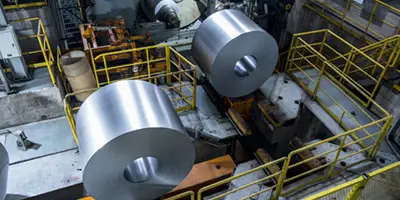
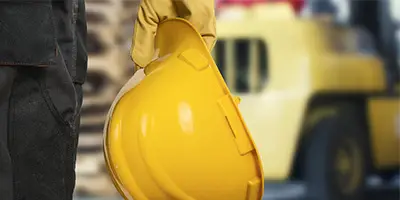
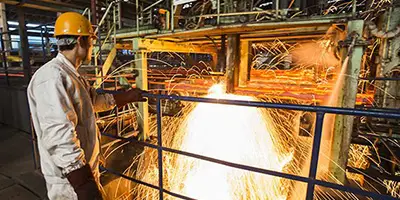
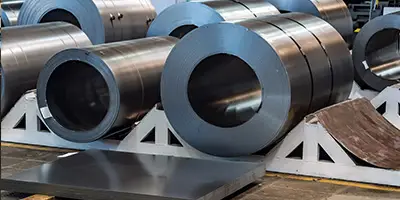

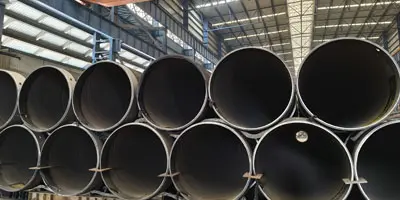
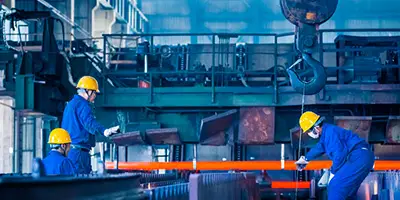
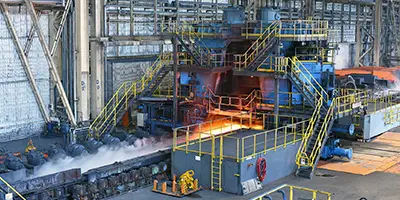
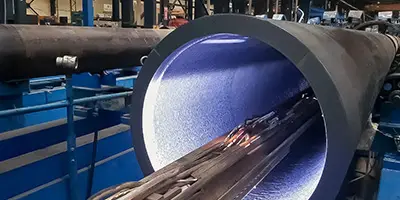

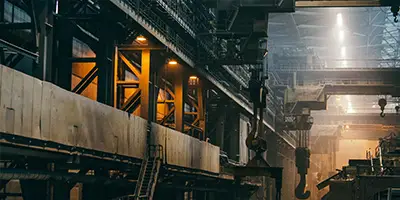

 Phone :
Phone :  Whatsapp :
Whatsapp :  Email :
Email : 


